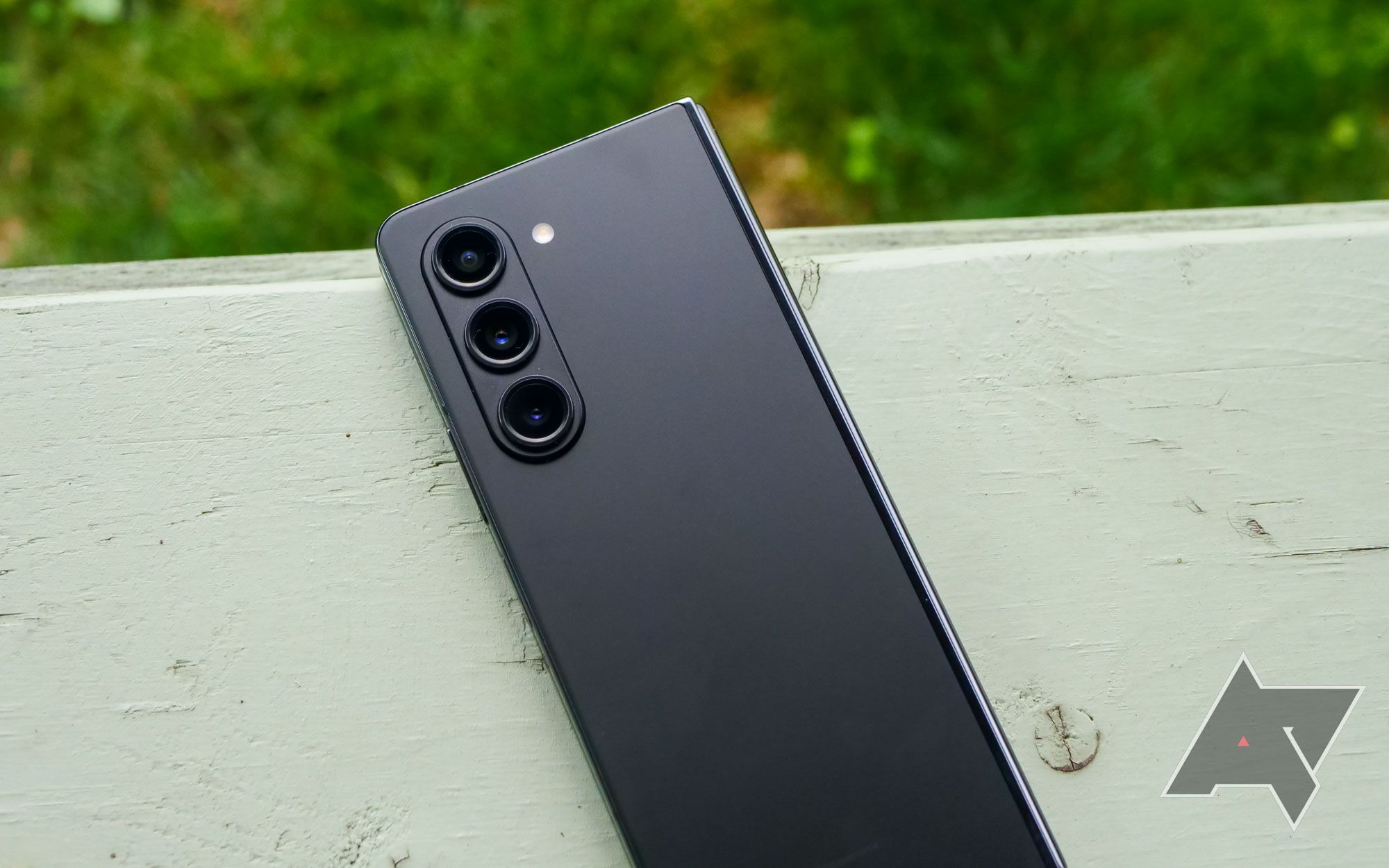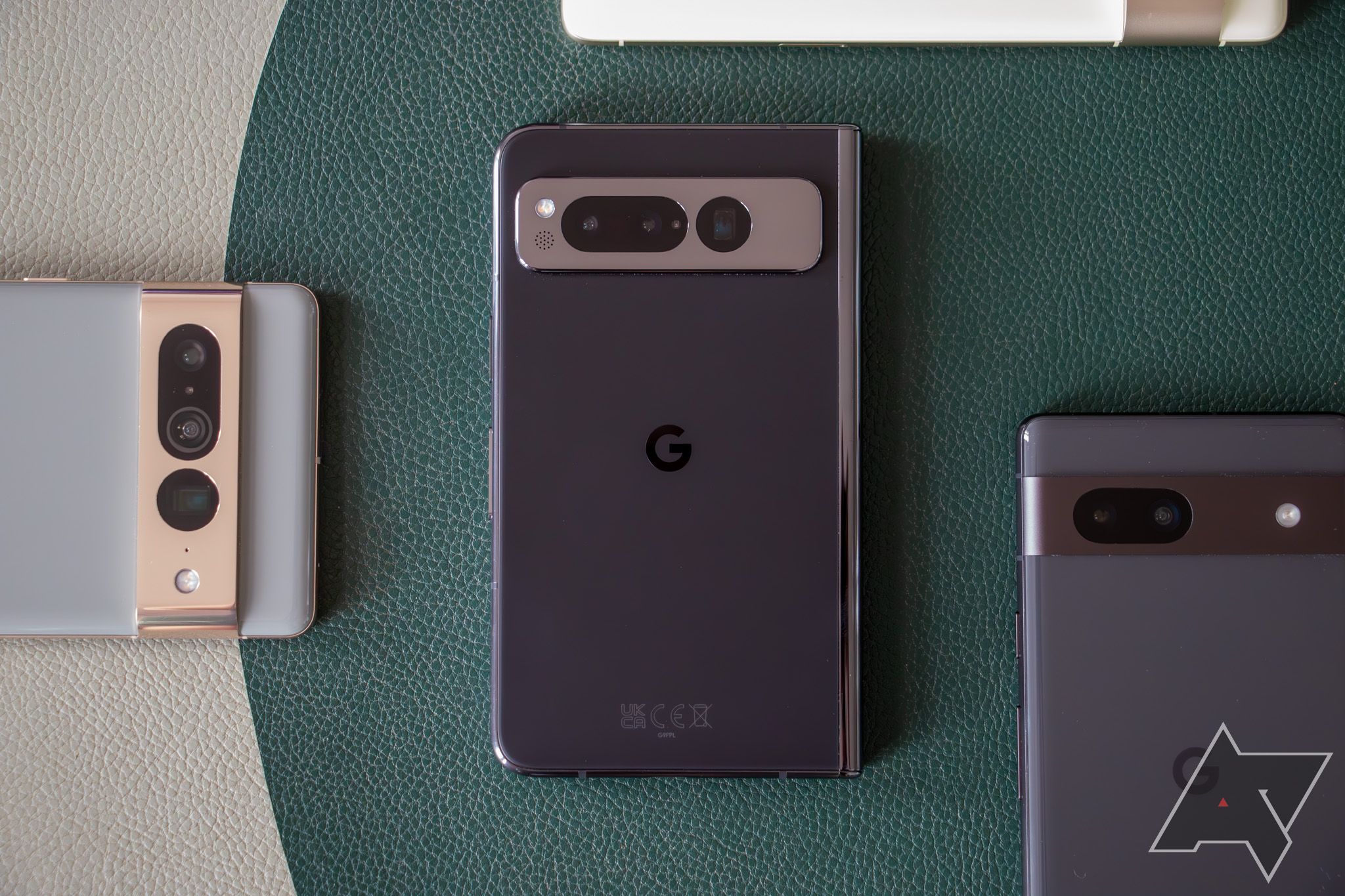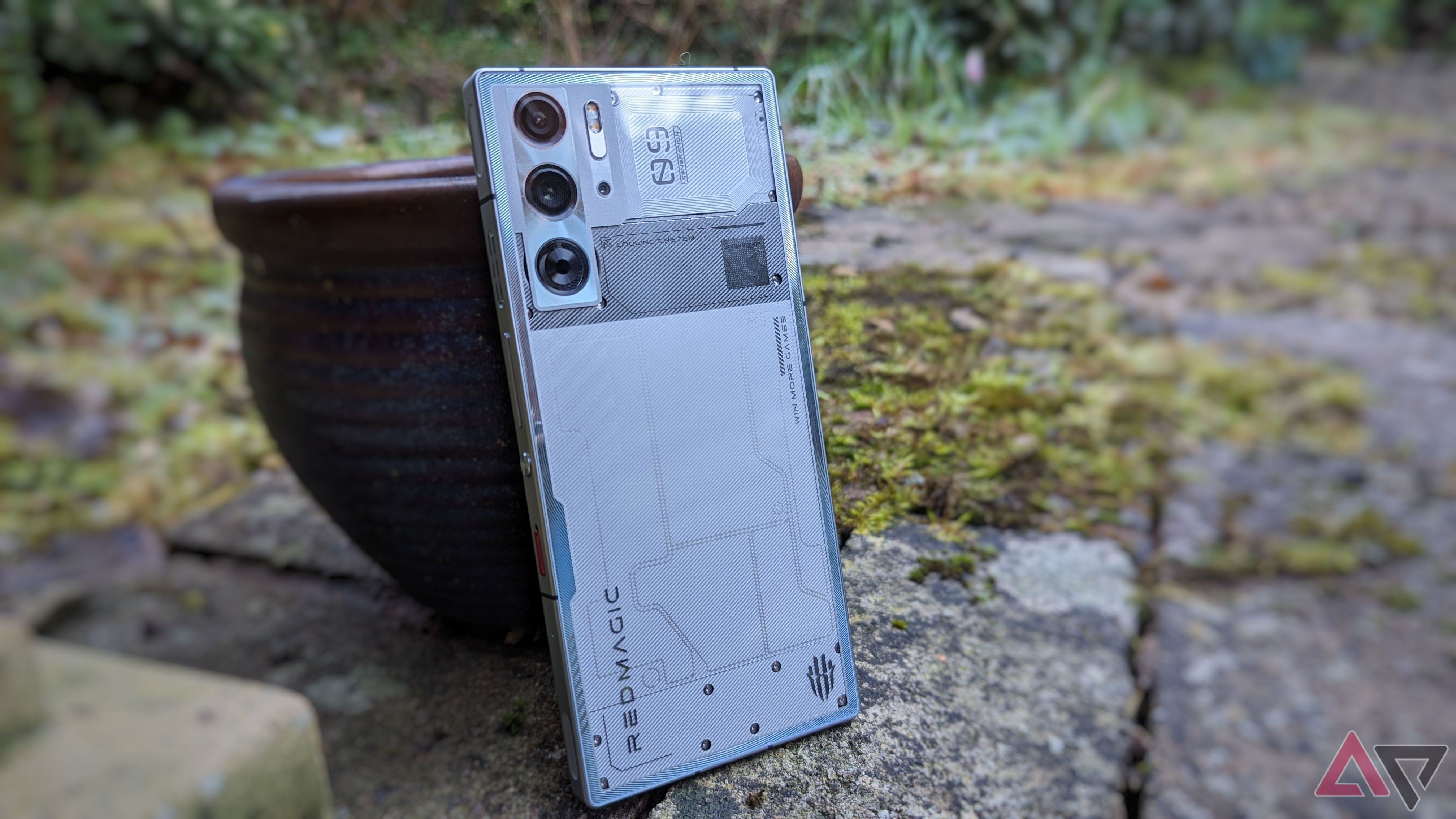Gaming smartphones let you play your favorite and most demanding games with ease, but some could argue that standard high-end flagships, and especially foldable smartphones, might even do a better job. While it’s true that gaming devices usually come pre-loaded with software that enhances your experience, the level of joy you get out of a game on a large display can’t be disregarded.
Devices like the OnePlus Open let you play without any restrictions, and thanks to the latest hardware and chipset, it’s just as powerful as most modern gaming devices. To give you a better idea of why foldables can be better than traditional gaming phones, I compiled a list of five reasons to prove my point.
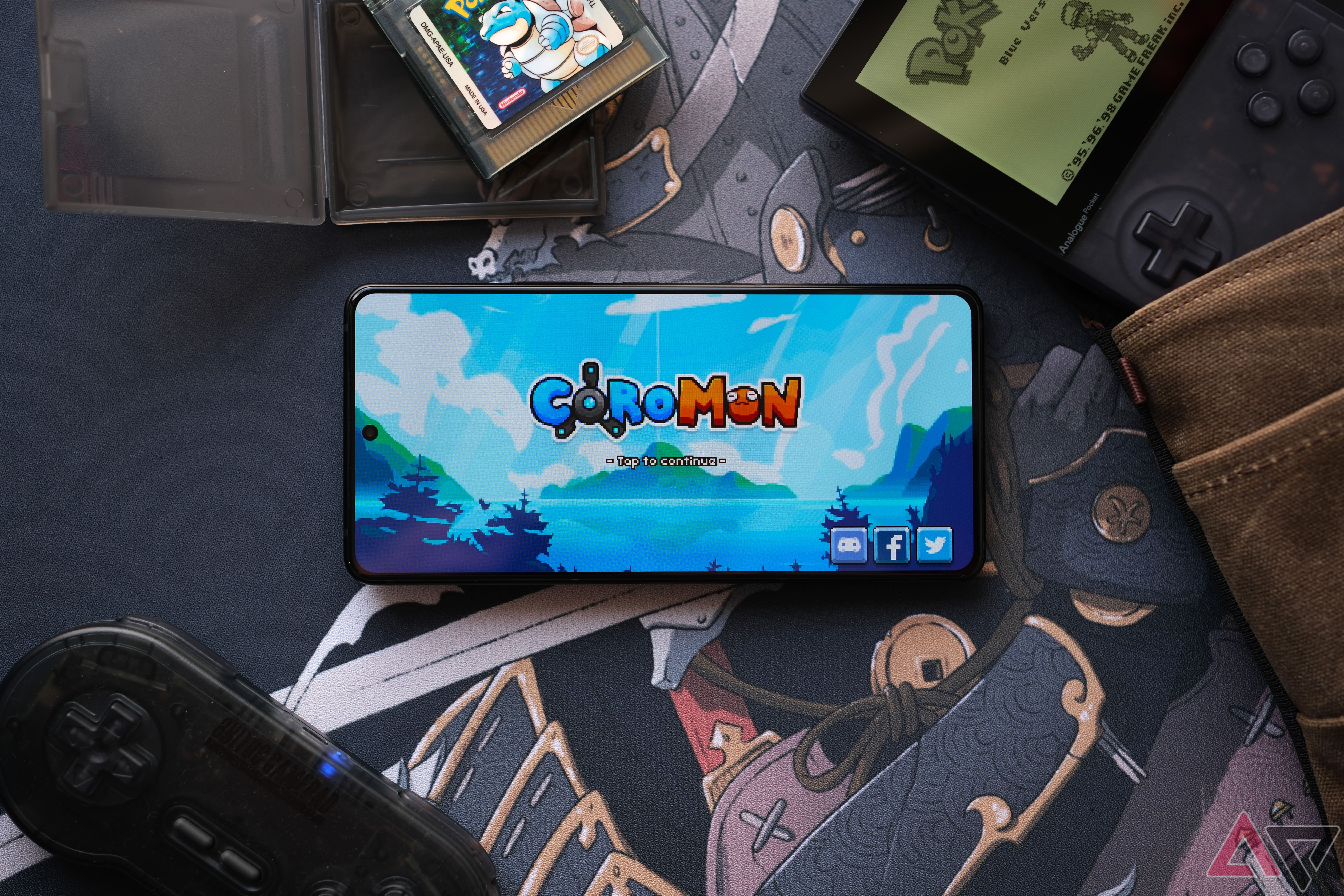
It may be game over for Android gaming phones
It’s hard to justify buying a gaming phone in 2024
1 You can unfold it in the blink of an eye
Turn your phone into a compact tablet with a larger screen
Gaming phones often come with massive displays, ranging between 6.7-inch to 6.8 inches. That screen estate is fairly large, undoubtedly, making games more immersive and easier to play with. However, considering that the Galaxy Z Fold 5’s main display reaches 7.6 inches, you’ll see that it could make a major difference to how games are played.
I’ve used many gaming phones in the past, and I thoroughly enjoyed them. They’re fast, responsive, and offer an excellent gaming experience. That said, I could never use them for more than a few weeks, as I have been spoiled by my Galaxy Z Fold 4.
The enormous screen makes a massive difference in how games are played and enjoyed. Once you get used to not having to squint your eye to see various buttons, stats, and positions of your teammates, there’s no going back.
2 The performance is just as good
No 144Hz refresh rate, but 120Hz will do a great job for most gamers
Let’s face it. 144Hz refresh rate on a smartphone isn’t all that useful, and most people will have a hard time noticing any differences between 144Hz and 120Hz. Additionally, most games only support 60Hz to 120Hz refresh and frames per second, so the added bonus doesn’t always make much sense.
Unless you’re a professional competitive player who requires the highest refresh rates, there’s little to no difference for most users. It is true that the more is better, but in this case, the standard refresh rate will do a good enough job that you’ll enjoy every game when the phone is unfolded.
Beyond the capped refresh rate, you can expect some of the most powerful internals to be included with any high-end folding phone, just like a gaming phone.
3 They often have better cameras
Gaming phones aren’t exactly known for their photo capabilities
Let’s face it, gaming smartphones aren’t known for their great camera setups and amazing photo qualities. More often than not, they take decent overall photos that could be tweaked a bit before being shared on social media. They’re not equivalent to flagship smartphones, but it’s worth pointing out that devices like the Nubia Redmagic 9 Pro also cost less than the Galaxy S24 Plus or Galaxy S24 Ultra.
Now, that doesn’t mean that foldables are much better either. They don’t deliver the kind of quality that you would expect from a device that costs more than $1,500, and they lack in many departments when compared against the best and highest-end flagships – most of which are available between $1,000 and $1,300.
Foldables do a decent overall job with photos and capture good-enough results. They require little to no tweaking, and while you’re not getting that much value for your money when directly compared to cheaper gaming phones, the results are usually respectable when directly compared.
4 Better and longer software support
Gaming phones don’t last as long
The problem with gaming phones is that they’re made with the latest hardware and software in mind, and they’re not well-known to be updated for a long time. Most gaming devices receive 2 to 3 years of OS updates, and security patches tend to be scheduled quarterly.
Given the importance of security and the latest features in operating systems, it’s essential to buy a device that’ll continue to receive timely updates. We also have a duty to call companies out for not doing a great job maintaining their devices. Until we see a swift change, the real answer is to go with a more reputable brand and pick a device that you know will be maintained accordingly.
5 Ingress protection
Who needs a fan when you can dunk your phone underwater?
Devices like the Samsung Galaxy Z Fold 5 and Google Pixel Fold come with an IPX8 rating, which means they can withstand small amounts of water. They can be submerged for up to 1.5m for up to 30 minutes in clean water, and the phone should work without a problem. While we don’t recommend doing this, it gives you peace of mind knowing that if you ever spill some drink on a table, get caught in a water fight, or get soaking wet during a storm, the phone should survive.
Of course, not all foldables are created equal. Devices like the OnePlus Open only feature an IPX4 certificate, which means they can’t be submerged in water and can only withstand splashes like rain. Some devices outright lack certified ingress protection, making them an expensive investment and posing a high risk.
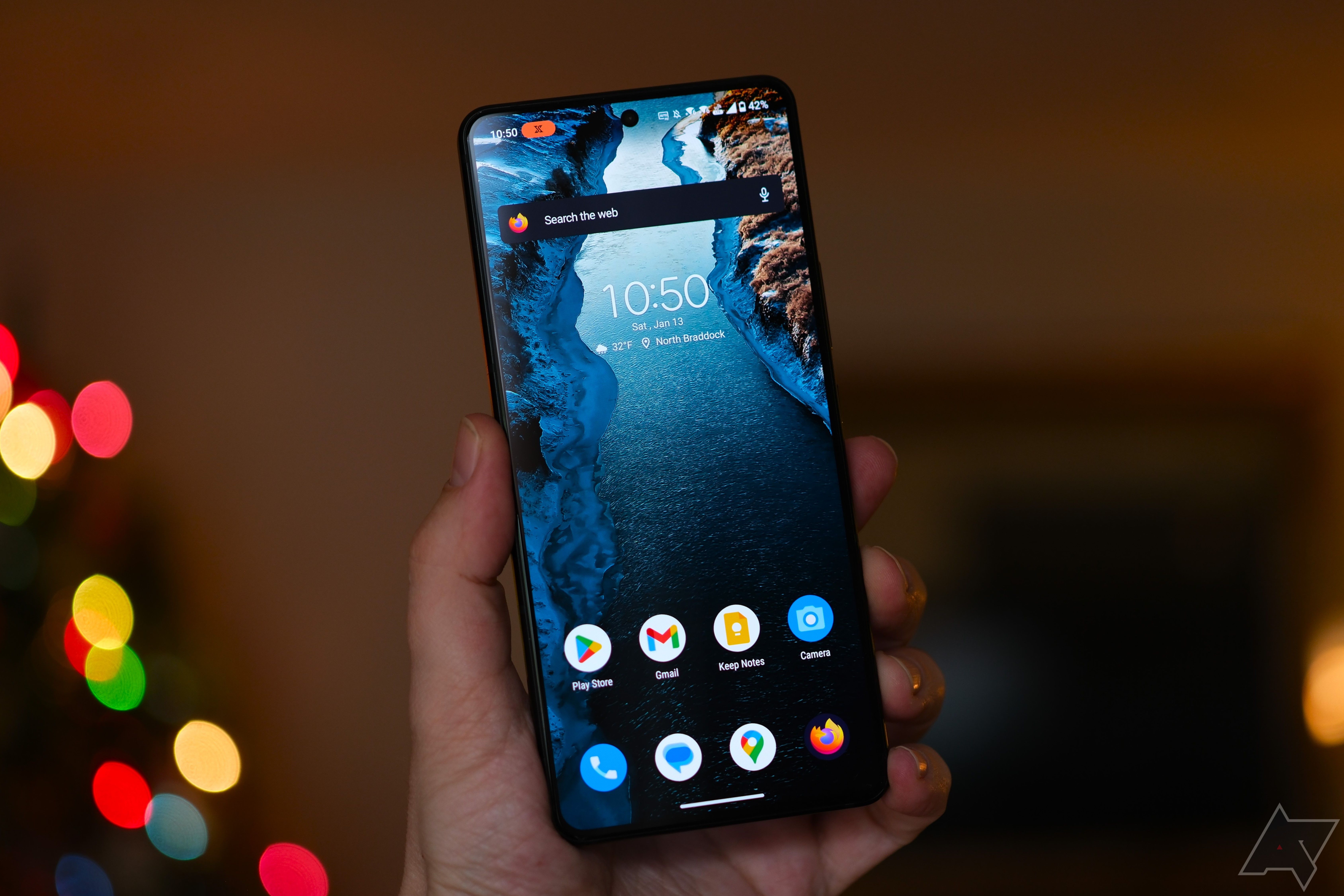
Asus ROG Phone 8 Pro review: I’m not sure this is a gaming phone
Asus has changed the ROG Phone formula, and I’m not convinced it’s for the better
In contrast, most gaming phones lack any form of ingress protection. Phones like the Redmagic 9 Pro don’t have any official certification rating, and given the opening on the back for the fan, it’s unlikely to survive a fight against liquid or dust. Fortunately, these devices are slowly catching up, and phones like the Asus ROG Phone 8 Pro now feature an IP68 certification, meaning it can not only be dunked in water, but it can also protect dust from getting in the device and causing damage.




